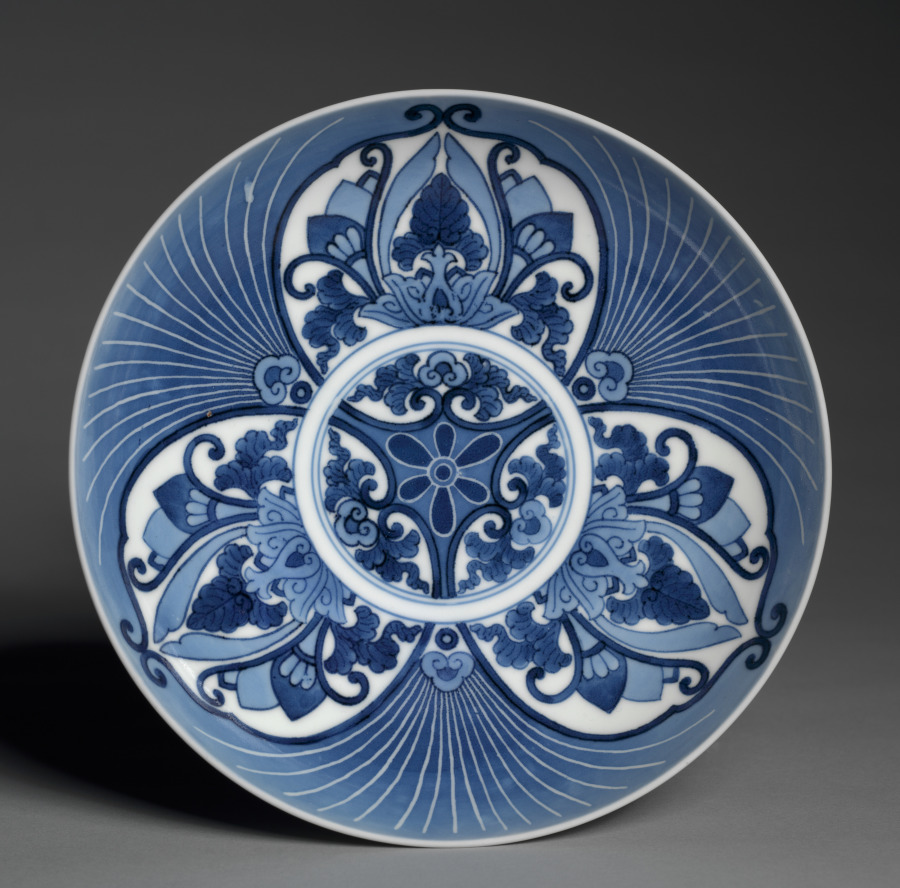| schema:description 11 | "current_location: 235A Japanese" |
| schema:description | "measurements: Diameter: 20 cm (7 7/8 in.)" |
| schema:description | "creditline: Purchase from the J. H. Wade Fund" |
| schema:description | "tombstone: Dish with Ginkgo Leaves, c. 1688-1704. Japan, Edo period (1615–1868), Genroku era (1688−1704). Porcelain with underglaze blue (Hizen ware, Nabeshima type); diameter: 20 cm (7 7/8 in.). The Cleveland Museum of Art, Purchase from the J. H. Wade Fund 2017.61...(more)" |
| schema:description | "id: 299303" |
| schema:description | "type: Ceramic" |
| schema:description | "collection: Japanese Art" |
| schema:description | "culture: Japan, Edo period (1615–1868), Genroku era (1688−1704)" |
| schema:description | "digital_description: This dish is an example of the finest type of Japanese porcelain, Nabeshima-type Hizen ware. It has a complex, abstracted design of gingko leaves and “Chinese grasses” (<em>karakusa</em>) in underglaze blue that may be among the most interesting of the underglaze blue designs. The dish is the largest of the three standard-sized Nabeshima dishes for individual servings....(more)" |
| schema:description | "wall_description: Considered the finest porcelain created in premodern Japan, Nabeshima ware was first created in the 1600s by the powerful Nabeshima clan of Kyushu, Japan’s southernmost island. Characterized by smooth surfaces and a soft palette, Nabeshima ware was decorated with geometric patterns for textiles as well as motifs from the natural world such as flowers, trees, and birds. A typical Nabeshima dish has a graceful high foot decorated with a comb design, as seen in these three examples. <br><br>The Nabeshima family established kilns to produce highly refined porcelain meant for diplomatic gifts for the shogun. By 1675, the kiln was located at Okawachi Mountain near the present-day city of Imari. Okawachi provided a perfect environment for the workshop; enclosed by mountains, the valley was isolated, and therefore the techniques and designs used to produce Nabeshima ware could be kept secret and protected from imitation. Nabeshima ware was highly prestigious, and its recipients were carefully restricted....(more)" |
| schema:description | "technique: Porcelain with underglaze blue (Hizen ware, Nabeshima type)" |

